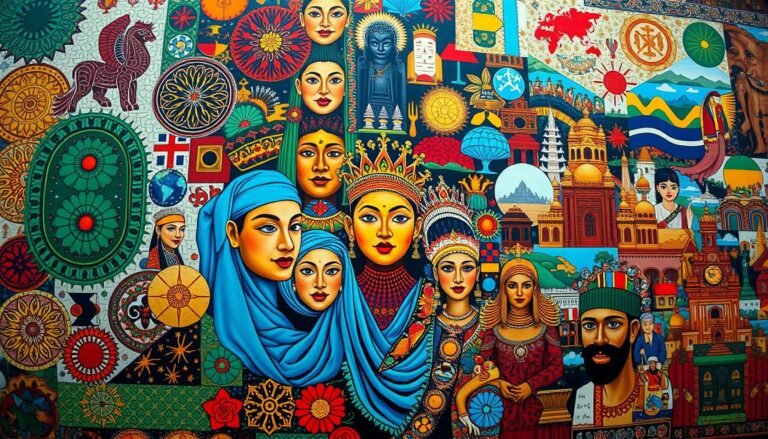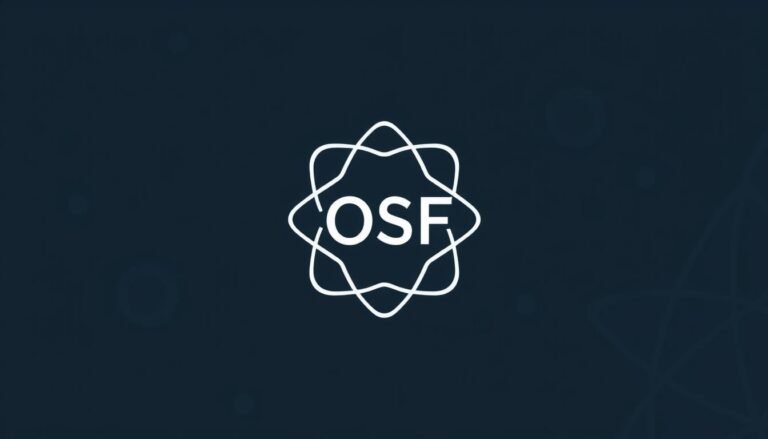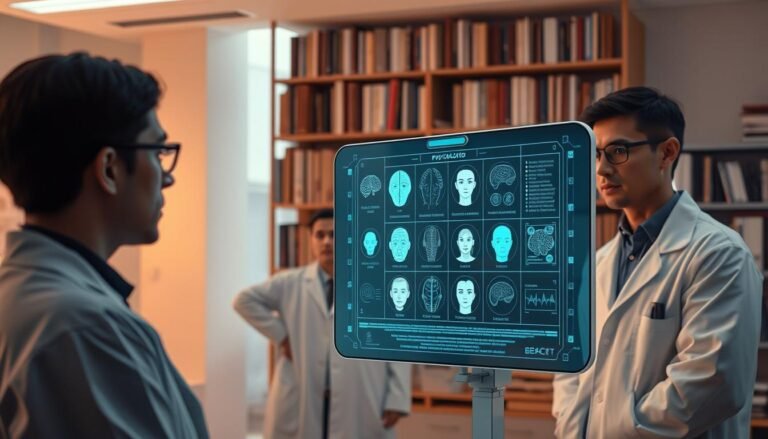
Introduction
In a world where collaboration is more critical than ever, understanding the nuances of group dynamics is like possessing a golden key to success. Whether in businesses, educational institutions, or community projects, the power of togetherness is undeniable. Group dynamics shape our interactions, influence productivity, and affect our ability to accomplish shared goals. This article dives deep into "The Power of Togetherness: Unpacking the Secrets of Effective Group Dynamics," exploring how groups can harness their collective strengths for astounding results.
The Foundation of Group Dynamics
What Are Group Dynamics?
Group dynamics refer to the social and psychological processes that occur within a group. It encompasses how individuals interact, communicate, and influence one another. Understanding these dynamics is essential for fostering effective teamwork and achieving significant outcomes. Key elements of group dynamics include:
- Communication: The exchange of information, ideas, and feelings among group members.
- Roles: The specific functions or positions individuals hold within the team, influencing contributions and responsibilities.
- Norms: The unwritten rules that govern behavior and expectations within the group.
- Cohesion: The bond that unites group members, promoting a sense of belonging and commitment.
The Importance of Effective Group Dynamics
Effective group dynamics are pivotal for numerous reasons:
- Enhanced Problem-Solving: Diverse perspectives lead to innovative solutions.
- Increased Efficiency: Clear roles and responsibilities eliminate confusion and streamline processes.
- Improved Morale: A cohesive group fosters a supportive environment, boosting morale and engagement.
The Role of Leadership in Group Dynamics
Leaders play a significant role in shaping the dynamics within a group. Effective leaders:
- Set a positive tone for communication.
- Establish clear expectations and norms.
- Promote inclusivity and collaboration.
For instance, a study of Google’s Project Aristotle revealed that psychological safety, more than individual talent, was a critical factor in team success.
Case Studies of Successful Group Dynamics
Case Study 1: Google’s Project Aristotle
In their quest to discover what makes effective teams, Google conducted extensive research known as Project Aristotle. This study revealed surprising insights about the importance of psychological safety in teams. Teams where members felt safe to take risks and express their ideas outperformed others significantly.
Key Insights:
- Psychological safety encourages open communication and vulnerability.
- Trust is foundational for collaboration and innovation.
Case Study 2: The Power of Togetherness at IDEO
IDEO, a design and consulting firm, exemplifies the power of togetherness through its unique approach to collaboration. Their emphasis on brainstorming sessions harnesses collective creativity, leading to innovative design solutions that are user-centric.
Key Insights:
- Diverse teams generate more ideas, enhancing creativity.
- Structured collaboration allows individuals to build on each other’s ideas.
Case Study 3: NASA’s Mars Rover Team
NASA’s Mars Rover team had a diverse group of scientists and engineers working in harmony. A crucial aspect of their success was a clear understanding of roles and responsibilities, coupled with a collaborative spirit that allowed them to solve complex problems collectively.
Key Insights:
- Clarity in roles enhances team efficiency.
- Diversity in expertise enriches problem-solving capacity.
The Secrets of Effective Group Dynamics
1. Clear Communication
Clear and open communication is the cornerstone of effective group dynamics. Here are a few techniques to enhance communication within a group:
- Active Listening: Encourage members to attentively listen to one another.
- Regular Check-ins: Schedule time for updates and feedback to keep everyone on the same page.
2. Define Roles and Responsibilities
A well-defined structure aids group dynamics by clarifying who does what. Clearly defined roles prevent overlap and confusion, allowing members to focus on their tasks. Use a table to outline roles, responsibilities, and expectations, as shown below:
| Role | Responsibilities | Key Skills |
|---|---|---|
| Project Manager | Oversee project progress | Leadership, organization |
| Designer | Create visual aspects | Creativity, technical skills |
| Engineer | Implement technical solutions | Problem-solving, analytical skills |
| Researcher | Gather and analyze data | Analytical skills |
3. Foster Trust and Respect
Trust and respect are critical to cooperation. Build these values by:
- Encouraging open dialogue about feelings and concerns.
- Acknowledging and valuing each member’s contributions.
4. Embrace Diversity
Diversity enriches group dynamics by introducing various perspectives and ideas. Leverage this diversity by:
- Promoting inclusive practices.
- Encouraging participation from all members, regardless of background.
5. Establish Clear Goals
A group without clear, shared goals may struggle to work together effectively. Develop goals that are:
- Specific: Clearly articulated with measurable outcomes.
- Achievable: Realistic and attainable within the group’s capacity.
Challenges in Group Dynamics and Solutions
Common Challenges
- Conflict: Disagreements can disrupt team cohesion.
- Groupthink: This occurs when the desire for harmony leads to poor decision-making.
- Lack of Engagement: Some group members may feel disengaged or overlooked.
Solutions to Overcome Challenges
- Conflict Resolution: Establish protocols for addressing conflict constructively.
- Encourage Diverse Opinions: Create an environment where dissenting views are welcomed.
- Engagement Strategies: Implement activities that foster team bonding and engagement.
Tips for Enhancing Group Dynamics
- Team-building Activities: Engage in activities designed to strengthen relationships.
- Feedback Culture: Establish a regular feedback loop among team members.
- Celebrating Successes: Acknowledge and celebrate achievements, both big and small, to boost morale.
Conclusion
The power of togetherness is transformative. By unpacking the secrets of effective group dynamics, teams can unleash their potential and achieve remarkable results. Understanding the importance of communication, role definition, trust, diversity, and clear goals is crucial for any collective effort.
Empower yourself and your group by implementing these insights, and witness the extraordinary outcomes that stem from effective collaboration. The strength of togetherness is not just about working side by side; it’s about unleashing the combined power of diverse minds to achieve greatness.
FAQs
1. What are the signs of poor group dynamics?
Signs of poor group dynamics include lack of communication, unresolved conflicts, disengagement among team members, and unclear roles.
2. How can I encourage collaboration in my team?
Encourage collaboration by fostering an open communication culture, setting shared goals, and organizing team-building activities.
3. What should I do if conflicts arise in my group?
Implement conflict resolution strategies, encourage open dialogue, and facilitate mediation if necessary to resolve disputes.
4. How do I measure the effectiveness of my team’s dynamics?
Evaluate team dynamics through regular feedback sessions, surveys, and observing team interactions during projects.
5. Can group dynamics be improved over time?
Yes, group dynamics can be improved through intentional efforts such as team-building exercises, training, and establishing clear communication protocols.
In this exploration of "The Power of Togetherness: Unpacking the Secrets of Effective Group Dynamics," we have uncovered the essential elements that contribute to successful team dynamics. By embracing these principles, any group can cultivate an environment ripe for creativity and productivity. Remember that the journey of improvement begins with every individual’s commitment to the collective success of the group.

















